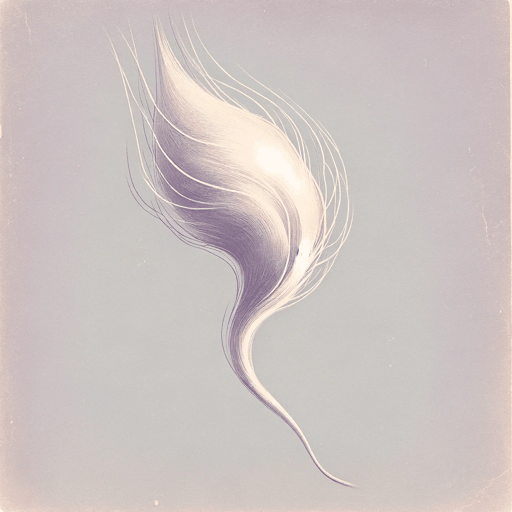19 pages • 38 minutes read
Gwendolyn BrooksUlysses
Fiction | Poem | Adult | Published in 1991A modern alternative to SparkNotes and CliffsNotes, SuperSummary offers high-quality Study Guides with detailed chapter summaries and analysis of major themes, characters, and more.
Literary Devices
Form and Meter
Like Homer’s epic poems, Brooks's poem is divided into sections that describe distinct events. It has 19 lines over 9 stanzas. By not adhering to a specific poetic form, Brooks places a stronger emphasis on the purposefulness of the line breaks. The line breaks divide locations and stories, rather than merely conforming to a particular form.
This poem has no consistent form or meter. The only instance of end line rhyme is the sixth stanza, which is a rhyming couplet. By avoiding poetic techniques that could create a sing-song child-like effect, Brooks emphasizes how her child speaker experiences adult difficulties. The poem is not a fictional nursery rhyme, but a realistic monologue describing a child’s day-to-day life.
Allusion
Brooks makes extensive use of allusions to Homer’s Iliad and Odyssey [See: Literary Context]. In Line 12, the narrator states that “Nobody Sees us, nobody stops our sin” (Line 12). Brooks here alludes to this famous scene of the Odyssey, where Odysseus tells the cyclops that his name is Nobody. The confusion resulting from whether or not anyone is actually escaping helps the men make it to freedom, and Brooks draws on this ambiguity in the poem.
Related Titles
By Gwendolyn Brooks

A Bronzeville Mother Loiters in Mississippi. Meanwhile, a Mississippi Mother Burns Bacon
Gwendolyn Brooks

A Sunset of the City
Gwendolyn Brooks

Boy Breaking Glass
Gwendolyn Brooks

Cynthia in the Snow
Gwendolyn Brooks

Maud Martha
Gwendolyn Brooks

my dreams, my works, must wait till after hell
Gwendolyn Brooks

Speech to the Young: Speech to the Progress-Toward (Among them Nora and Henry III)
Gwendolyn Brooks

The Ballad of Rudolph Reed
Gwendolyn Brooks

The birth in a narrow room
Gwendolyn Brooks

The Blackstone Rangers
Gwendolyn Brooks

The Chicago Defender Sends a Man to Little Rock
Gwendolyn Brooks

The Crazy Woman
Gwendolyn Brooks

The Lovers of the Poor
Gwendolyn Brooks

The Mother
Gwendolyn Brooks

the rites for Cousin Vit
Gwendolyn Brooks

To Be in Love
Gwendolyn Brooks

To The Diaspora
Gwendolyn Brooks

We Real Cool
Gwendolyn Brooks

